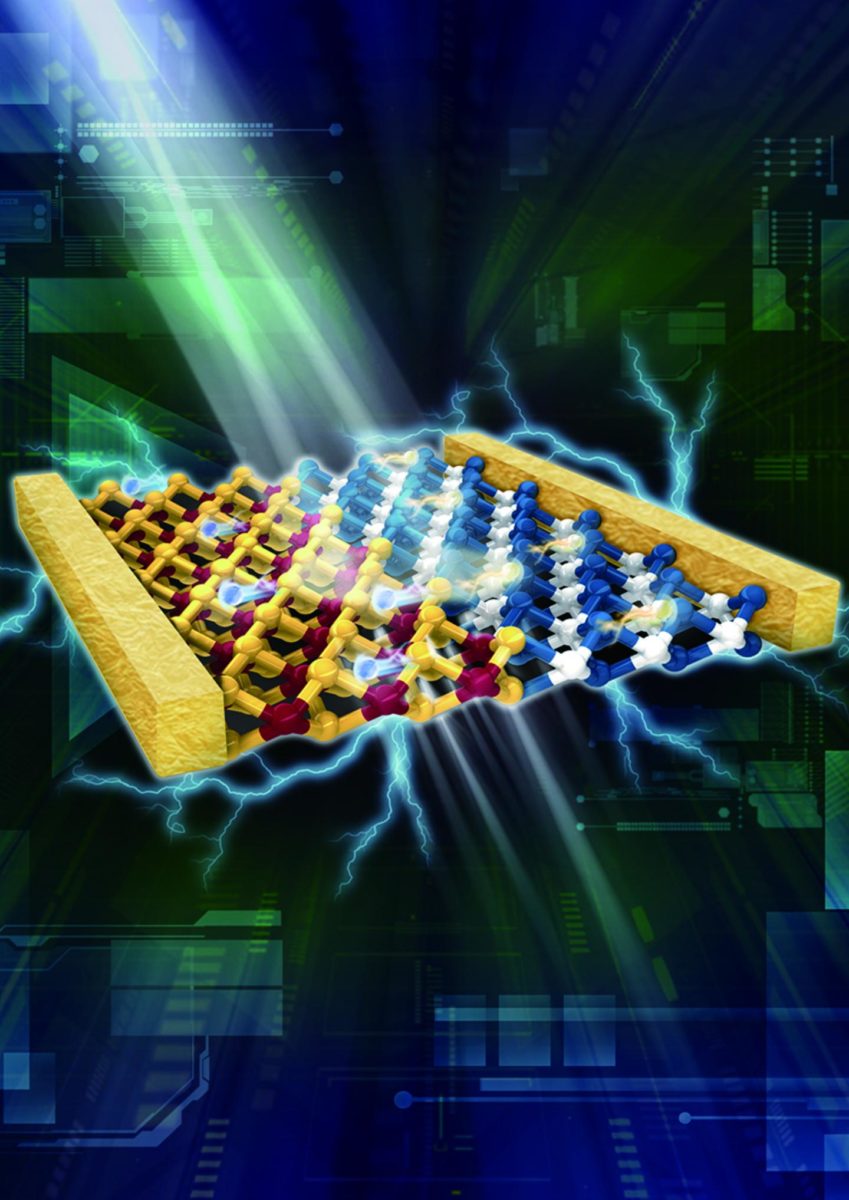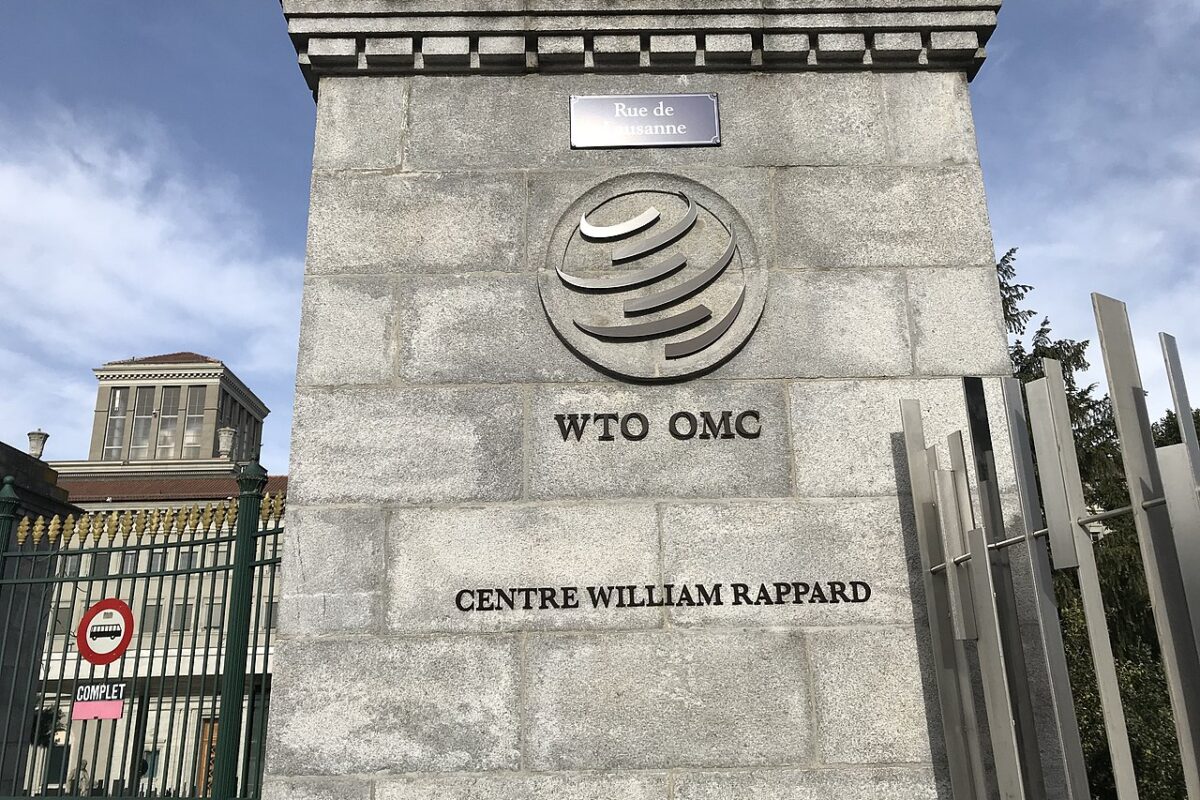Researchers at KAUST have published research into new heterojunction based configurations involving graphene, tungsten diselenide (WSe2) and Molybdenum disulfide (MoS2).
The team worked on alternatives to vertical stacking configurations, which while allowing for the creation of ultra-thin PV devices, also require highly complex steps and are hampered by defects and contamination in the processes.
“Devices obtained using these [vertical stacking] transfer techniques are usually unstable and vary from sample to sample,” says lead researcher Meng-Lin Tsai. Tsai added that contaminants during the transfer process can affect device qualiry, and that electronic properties prove difficult to control using vertical stacking techniques.
Aiming to solve these issues, Tsai’s team developed a lateral heterojunction monolayer of WSe2-MoS2, by consecutively depositing each material onto a sapphire substrate, and then transferring onto a silicon based surface to fabricate a PV device.
Under a high-resolution microscope, the p-n junction showed clear separation between the two materials, with no discernible height difference. “Our structures are cleaner and more ideal than vertically stacked assemblies, explains Tsai, “because we didn’t need the multi-step transfer procedure.”
Research published in the journal Advanced Materials states that the devices achieved conversion efficiencies of 2.56% under simulated sunlight, and that this efficiency was reduced just 5% with angles of incidence up to 75°. Without offering further information, KAUST states that these efficiencies are greater than those of equivalent devices using a vertically stacked configuration.
Tsai and his team are convinced of the benefit of lateral heterojunction configurations in solar cells, and plans to continue research in this area. “We are trying to understand the underlying kinetics and thermodynamics of these heterojunctions,” says Tsai, “to design more efficient cells.”
This content is protected by copyright and may not be reused. If you want to cooperate with us and would like to reuse some of our content, please contact: editors@pv-magazine.com.




It’s good that the KAUST researchers (it seems a lively and productive unit) are publishing cell efficiency at low angles of incidence. These are after all the typical case in the real world. Others please copy. I suggest a standard 45 degrees benchmark.